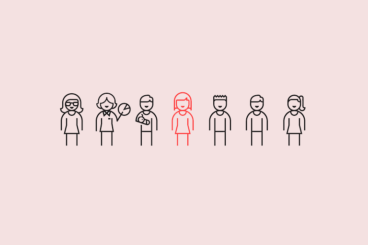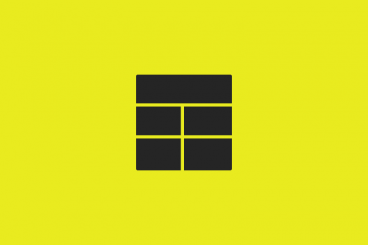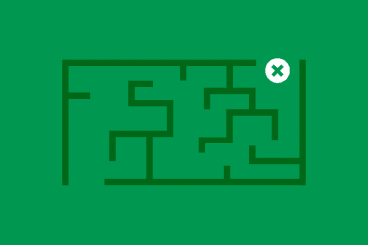
Mobile / 15 Oct 2020
Design Trend: Modern Tappable Targets (And How to Do It)
A solid tap target can make or break your mobile website or app. The size, shape, location, and overall design of the button or link determines whether a user successfully completes an action or not. It might seem like a small thing, but can be one of the most important elements of a design.
Modern tappable targets are easy to recognize, work in an expected manner, and encourage engagement.
Today we’re looking at how to design them, ways to craft effective call-to-action items, and considerations around color and font choices.









